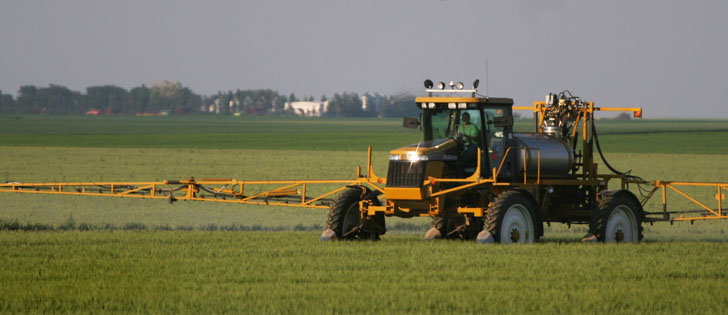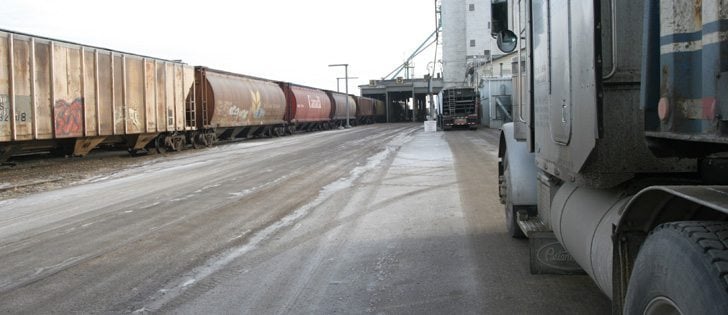For Liberal MP and farmer Wayne Easter, it is a ticking time bomb that could blow up in farmers’ faces.
For Canadian Federation of Agriculture president Ron Bonnett, it is a scary underpinning to the farm economy.
And for University of Guelph agricultural economist George Brinkman, it is farmers borrowing against the assumption of future high commodity prices.
“Given history, that is a pretty unrealistic assumption.”
The three men were reacting to the latest Canadian farm debt figures that show farm debt hit a record $66.4 billion last year, a six percent increase in one year that puts the debt level almost three times as high as it was 17 years ago when the debt began its annual rise.
Read Also

Organic farmers urged to make better use of trade deals
Organic growers should be singing CUSMA’s praises, according to the Canadian Chamber of Commerce.
Ontario farmers led the way in debt increases, but British Columbia, Alberta and Manitoba were not far behind.
Andrew Goldstein, Agriculture Canada’s director general for research and analysis, said rising debt loads are not a problem as long as they are meant to increase productivity and asset values.
“We always try to look at the overall perspective of the balance sheet,” he said.
“Debt levels are rising, but asset values are rising as well. If people are borrowing to invest in their operation and we’re seeing asset value and net worth also rising, that generally points to a good healthy balance sheet for the sector.”
Bonnett said the problem is that farmers do not service debt from asset values but from cash flow.
“This will require sustained income over a long period of time and not just inventory sell-off as we had last year,” he said.
“Long-term debt really represents farmers borrowing against the future, hoping those higher prices promised are on the way and sustainable. The debt level and a six percent increase is troubling and scary.”














